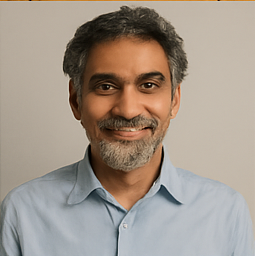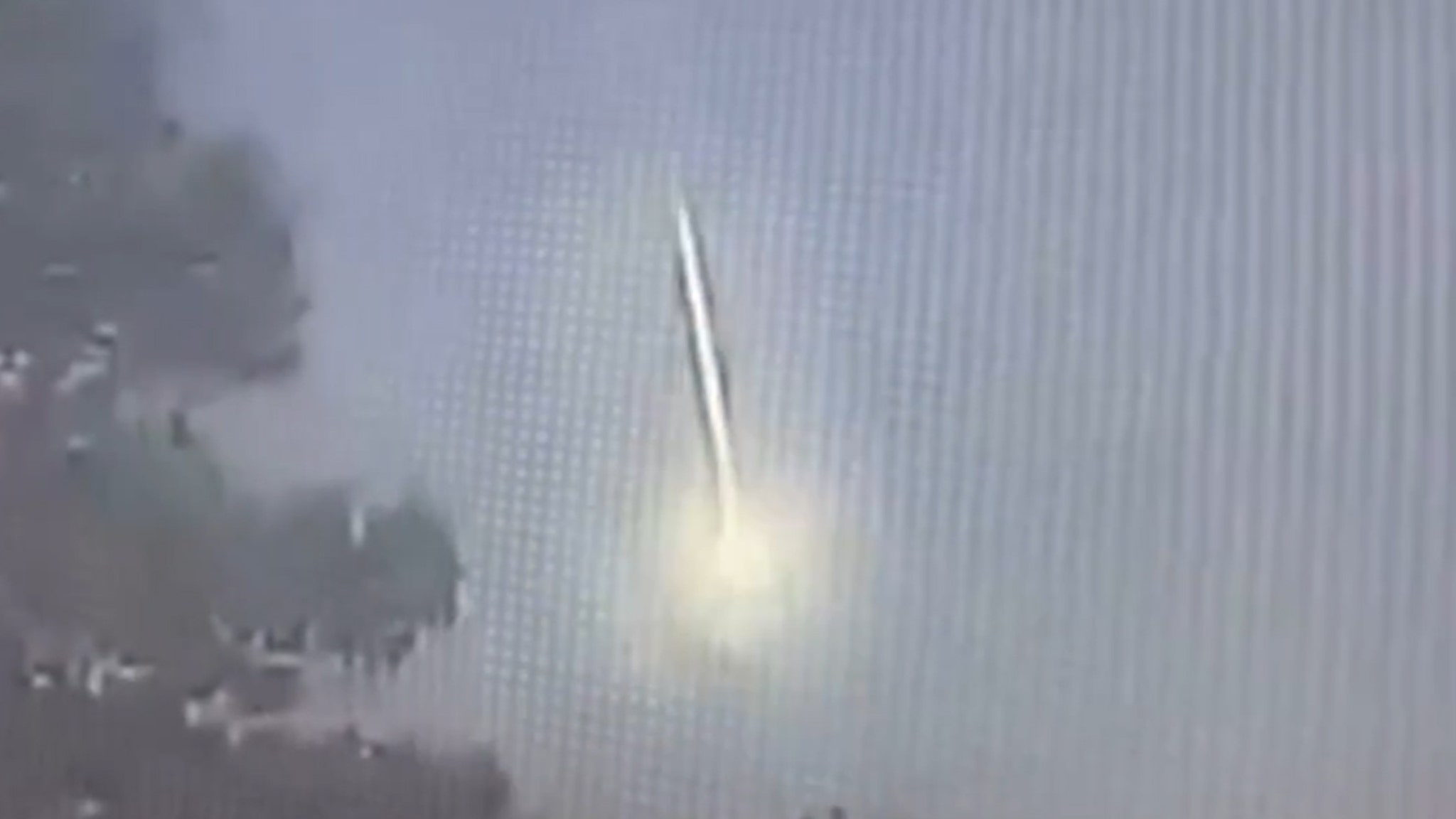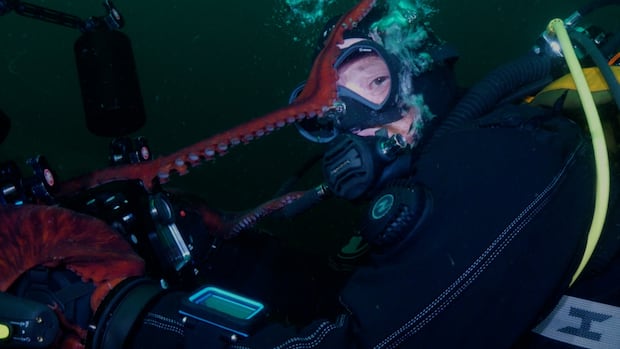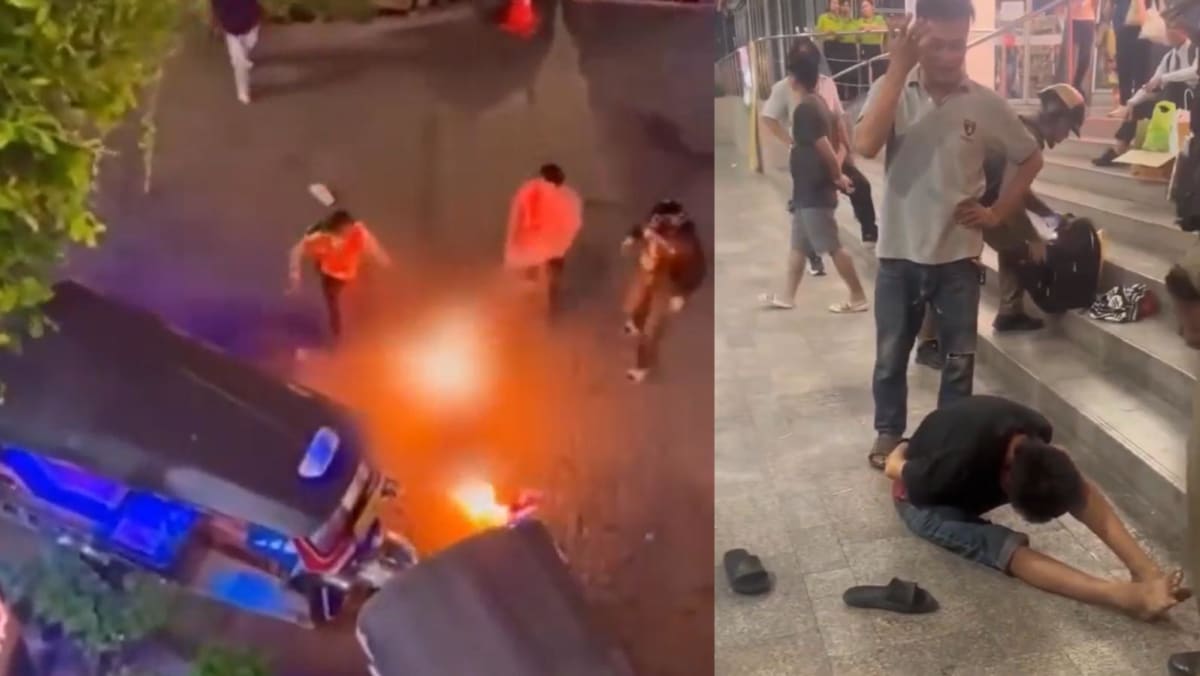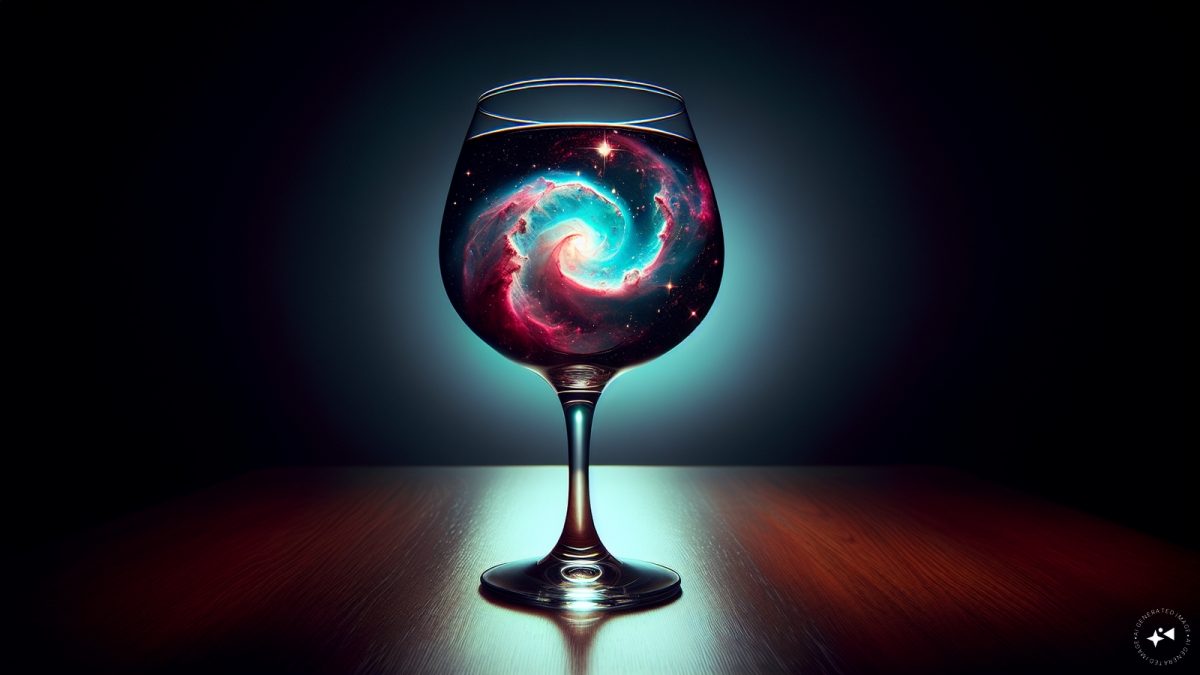Midjourney Launches Ambitious V1 Video Generation Model Amid Legal Challenges

Midjourney, the innovative AI startup renowned for its striking image generation capabilities, is embarking on an exciting journey into the realm of video production. In a recent announcement, the company unveiled its highly anticipated video-generation model, V1, which aims to breathe dynamic life into static images. This significant expansion positions Midjourney in direct competition with industry giants such as OpenAI, Runway, Adobe, and Google, marking a pivotal moment in the company's evolution.
The V1 model is crafted as an image-to-video conversion tool, empowering users to transform their own uploaded photos or Midjourney’s AI-generated images into short, captivating five-second video clips. For the time being, access to V1 is exclusive to Discord users, with the service being web-only upon launch.
Beyond just video generation, Midjourney is casting a broader vision for its AI capabilities. In a revealing blog post, CEO David Holz articulated some ambitious aspirations for the company, stating that V1 is merely a stepping stone toward the development of real-time “open-world simulations.” Additionally, plans to extend into 3D rendering and real-time generative models indicate a future filled with potential advancements.
While Midjourney's image generation tools have historically attracted a diverse audience of artists and designers, their approach to video is distinctly unique. Unlike competitors such as Sora by OpenAI, Runway’s Gen-4, Adobe's Firefly, and Google’s Veo 3, which cater to commercial filmmakers and studios with precise AI tools, Midjourney is carving its niche as a creative playground aimed at those seeking dreamlike, unconventional video experiences.
Pricing and Availability of the V1 Model
As Midjourney advances into this new territory, video generation comes at a higher cost. The V1 model uses eight times more credits per video clip than its still-image counterparts, meaning subscribers will exhaust their monthly allowances much quicker. For those interested in trying V1, Basic subscribers, who pay $10 (approximately Rs 866) monthly, will have access, but unlimited video generation is reserved for the $60 (around Rs 5,200) Pro and $120 (approximately Rs 10,400) Mega plans. Notably, unlimited access operates on a “Relax” mode, which produces videos at a slower pace. Midjourney has indicated that it will revisit this pricing structure based on user feedback in the coming weeks.
When it comes to functionality, V1 provides users with impressive control over video creation. Users can choose an “auto” mode that allows the AI to generate motion autonomously or a “manual” mode that enables them to use text prompts to guide the specific animations they desire. Moreover, there are adjustable settings for movement intensity, ranging from “low motion” for subtle shifts to “high motion” for more vigorous effects. While clips are set to a default duration of five seconds, users have the option to extend them up to 21 seconds in four-second increments.
Legal Challenges Loom Over Midjourney
However, Midjourney's venture into the world of video generation is not without its challenges; the company is currently navigating a legal storm. Just a week before the V1 launch, Disney and Universal filed a lawsuit against the startup, alleging that its image-generation models can create unauthorized representations of iconic characters such as Darth Vader and Homer Simpson. This legal action is reflective of a broader apprehension within Hollywood as studios express concerns over AI technologies potentially replacing human creative talent. Questions surrounding copyright infringement and the legitimacy of training data continue to resonate across the industry.
Initial examples of V1’s video output suggest that Midjourney is adhering to its signature surrealistic aesthetic, opting for a distinctive style rather than striving for hyper-realism. The response from early users has been largely positive, yet it remains to be seen how V1 will perform against more seasoned competitors like Runway and Sora in the burgeoning field of AI-generated video content.







